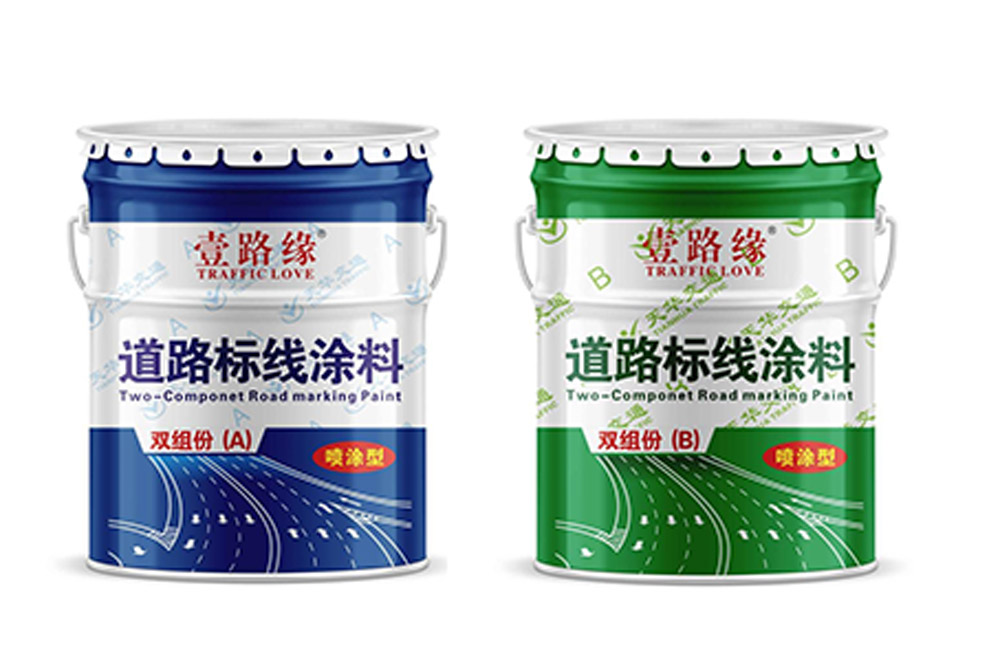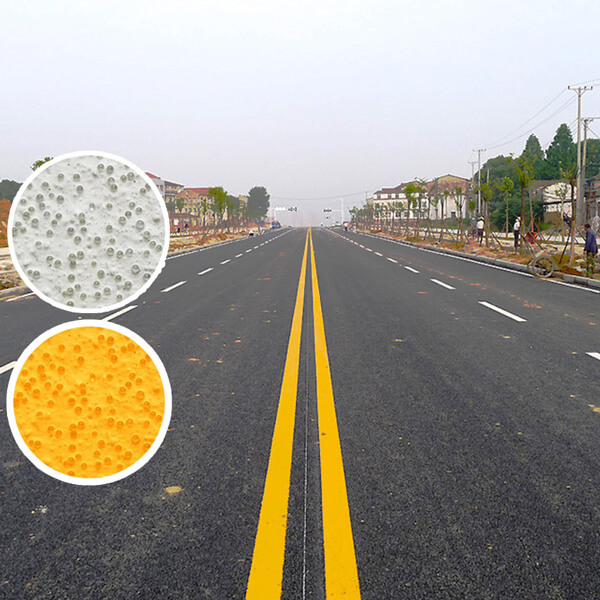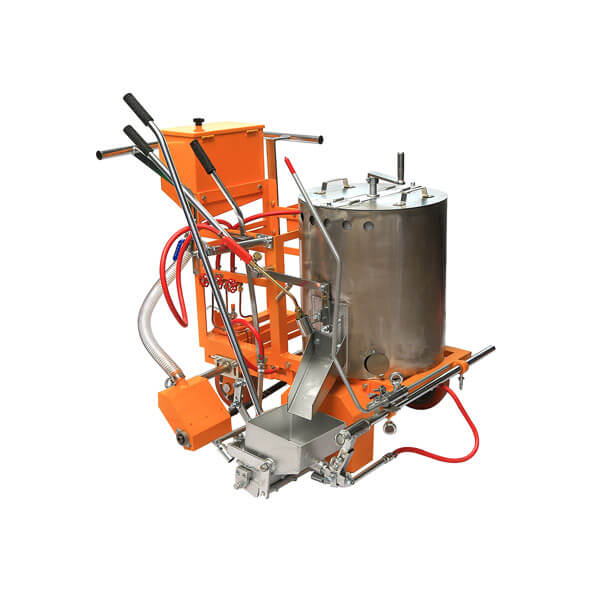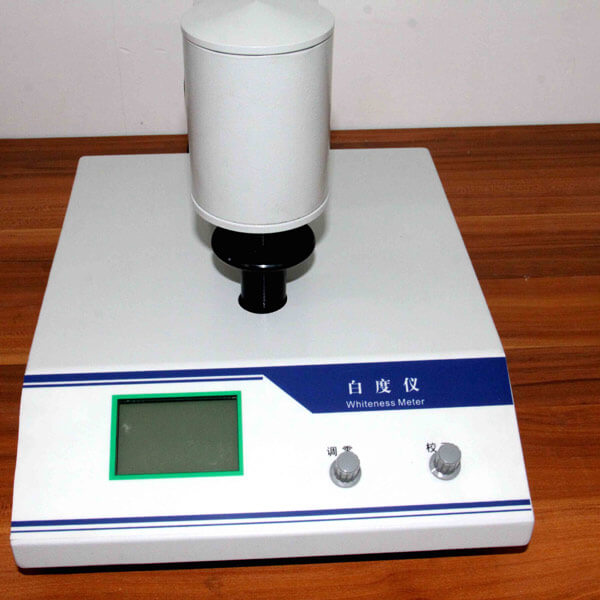MMA Cold Plastic Road Marking Paint — Guide, Specs & Procurement
MMA (methyl methacrylate) cold plastic is a high-performance, two-component pavement marking system cured by chemical reaction at ambient temperature. Unlike hot-applied thermoplastic, MMA systems are applied cold and chemically cure into a hard, abrasion-resistant coating that offers excellent UV stability, fast curing, and a long service life in heavy traffic or extreme climates.
Composition & Typical Formulation
MMA road marking paints are typically composed of:
- MMA monomer resin (liquid component)
- Reactive oligomers and crosslinkers
- Fillers (calcium carbonate, extender fillers)
- High-quality pigments (rutile TiO₂ for white)
- Glass beads (premix or drop-on) for retroreflectivity
- Anti-skid aggregates or texturing agents where required
Key Advantages of MMA Cold Plastic
- Durability: Exceptional abrasion and chemical resistance — often outlasting conventional 2K epoxies and thermoplastics in high-wear applications.
- Fast curing: MMA can achieve traffic return in a few hours depending on ambient temperature and formulation.
- Cold application: No hot-melting equipment required — reduces on-site risks and simplifies logistics.
- Weather tolerance: Performs well in very low or very high temperatures and in wet conditions when using rapid-curing formulations.
- Long service life: Often 4–8+ years in appropriate conditions, lowering whole-life costs.
Limitations & Considerations
- Cost: MMA systems are a premium product — unit cost is higher than standard thermoplastic or waterborne paints.
- Odor & handling: Some MMA formulations have strong odors; PPE and ventilation are required during application.
- Surface preparation: Requires clean, dry surfaces for optimal adhesion; some substrates need priming.
- Skilled application: Correct mixing ratio and application technique are critical for performance.
Common Applications
- High-wear urban corridors, bus lanes and truck routes
- Airport apron markings and taxiway lines (where specified)
- Cycle lanes, bus bays and pedestrian crossings requiring long life
- Areas where rapid re-opening to traffic is required
Standards & Performance Targets
When specifying MMA systems, reference international and local standards for measurable acceptance criteria. Common standards and targets include:
- AASHTO / ASTM methods for retroreflectivity and adhesion (where applicable)
- BS 3262 and EN guidance for marking performance (specify RL targets and skid resistance values)
- Specification items typically required in tenders: minimum dry film thickness, initial and retained retroreflectivity (mcd·lx⁻¹·m⁻²), and skid resistance (SRT or pendulum values).
Application & Curing
MMA systems are usually two-component: resin + hardener. Typical on-site steps:
- Surface cleaning (sweep, blow, degrease) and drying.
- Priming porous concrete/asphalt if required by manufacturer.
- On-site mixing of resin and catalyst at specified ratio — follow the pot life window.
- Apply by screed box, hand trowel or specialized spreader to achieve target film thickness.
- Broadcast glass beads immediately (if beads are drop-on) or use premix bead formulations as specified.
- Allow chemical cure; reopen to traffic per manufacturer instructions (often within 1–6 hours depending on temperature and formula).
Thickness, Consumption & Estimation
Design dry film thickness (DFT) for MMA markings commonly ranges from 1.5 mm to 3.5 mm depending on application (lane lines vs. symbols). To estimate material requirements, use your site-specific width, length and target DFT — or use our automated tool: Thermoplastic Road Marking Paint Calculator (the calculator supports conversion for MMA and other systems when you set density/consumption factors).
Quality Control & Acceptance Tests
- Check batch certificates and Technical Data Sheet (TDS) before application.
- On completion, measure dry film thickness using a suitable gauge at representative points.
- Measure retroreflectivity (RL) at night or with a portable retroreflectometer to confirm bead strategy effectiveness.
- Test surface friction (SRT or pendulum) for pedestrian/cycle zones as required.
- Retain sample records and photos of batch numbers, mixing ratios and ambient conditions for warranty claims.
Procurement & Commercial Notes
MMA is a premium two-component system. Procurement check list for buyers:
- Request TDS, CoA and independent lab reports for RL and abrasion resistance.
- Confirm pot life, cure time and recommended application temperature range.
- Ask about bead strategy (premix % vs. drop-on) and supply of glass beads.
- Verify packaging options, lead time, MOQ and warranty terms before ordering.
Packaging & Trade Information
| Product | MMA Cold Plastic Road Marking Paint |
| Packaging | 25 kg kits (resin + hardener), or 200 kg drums for bulk; custom OEM packaging available |
| Colors | White, Yellow, Red, Blue (custom colors available) |
| Typical Factory Price | Contact supplier for quotation — MMA systems are priced at a premium above thermoplastic and 2K systems |
| Minimum Order Quantity (MOQ) | Depends on supplier; sample kits available for testing |
| Trade Terms | EXW, FOB, CIF — supplier can advise on preferred ports: United States (Los Angeles, New York), Italy (Genoa, Venice), United Kingdom (Felixstowe, Southampton), Australia (Sydney, Melbourne), Brazil (Santos, Rio de Janeiro), Canada (Vancouver, Montreal). |
| Delivery Time | Typical lead time 20–40 days depending on stock and order size |
| OEM / Private Label | Supported by many manufacturers; contact TIANHUA Traffic for OEM options |
MMA vs Thermoplastic — Quick Comparison
- Durability: MMA > Thermoplastic (in many heavy-wear cases)
- Application: MMA (cold two-component) requires mixing; Thermoplastic requires hot melt equipment
- Cure Time: MMA cures chemically (fast); Thermoplastic solidifies on cooling
- Cost: MMA is typically more expensive per ton; evaluate whole-life cost
TIANHUA Traffic — Supply & Support
TIANHUA Traffic supplies a range of pavement marking systems including thermoplastic, MMA cold plastic, two-component epoxy systems and accessories. We offer samples, third-party testing, OEM packaging, and on-site technical training to ensure correct application and long service life. Contact us for product datasheets, sample kits and project quotations.
Conclusion
MMA cold plastic marking systems provide a high-performance, long-life solution for demanding road and airfield applications. They require careful procurement, correct surface prep and skilled application, but the benefits in durability and fast reopening to traffic often justify the premium. For project estimates, material consumption conversion and cost modelling, use our calculator or contact TIANHUA Traffic for a tailored quotation and sample kit.







